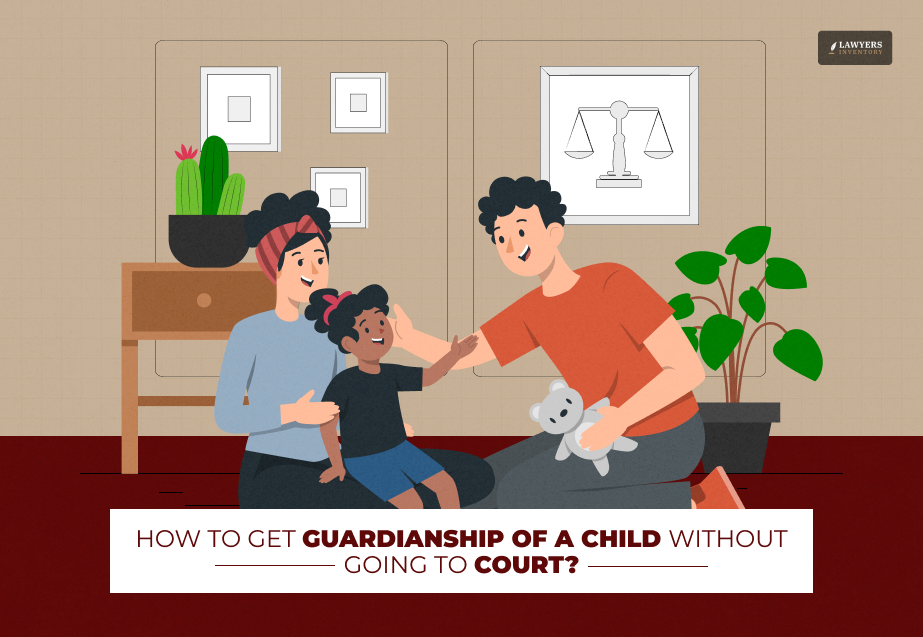
If you’re wondering how to get guardianship of a child without going to court, you’re not alone. Many wonder if there’s a way to skip the courtroom and still legally care for a child.
Yes, it is possible in some situations. One method is a guardianship arrangement in which the parents or present guardians grant another person authority to care for the kid.
It is frequently possible to make this arrangement without appearing in court. Furthermore, though this arrangement may be effective in some circumstances, it may carry a different legal weight than the guardianship the court granted.
To ensure that your guardianship is acknowledged, and the child’s rights are upheld, you should speak with a legal expert if you find yourself in a circumstance where the parents cannot provide for the child.
What is Guardianship?
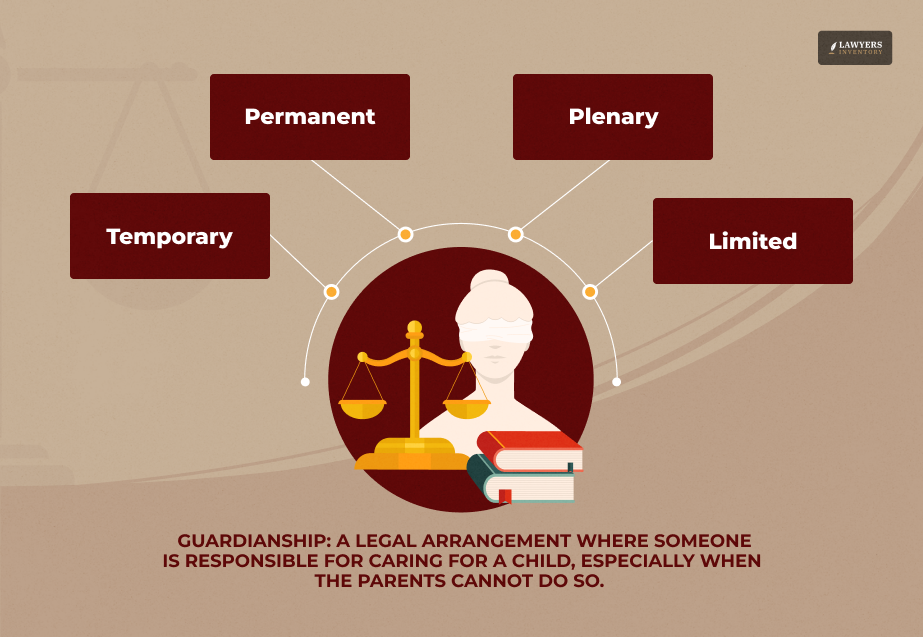
So, what does guardianship mean? Simply put, guardianship is a legal arrangement where someone is responsible for caring for a child, especially when the parents cannot do so.
This could be due to illness, personal issues, or the parents’ absence. Essentially, the guardian becomes the child’s caretaker, making important decisions about their well-being and ensuring they are cared for.
If you’re trying to know how to get guardianship of a child without going to court, it’s helpful to understand the basics of guardianship first.
Types of Guardianship
There are a few different types of guardianship, and each one serves a unique purpose, depending on the situation.
- Temporary Guardianship: This is typically for a short period, like if the parents are away for travel, dealing with an illness, or in an emergency. Additionally, the guardian steps in to take care of the child during that time.
- Permanent Guardianship: As the name suggests, this is long-term. It’s usually put in place when the parents can no longer care for the child, and there’s no plan for them to resume care. Furthermore, this type of guardianship is more permanent.
- Plenary Guardianship: This gives the guardian full authority over all aspects of the child’s life, such as making decisions about their health, education, and even finances, depending on where you live.
- Limited Guardianship: In this case, the guardian is responsible for specific things, like overseeing the child’s education or healthcare, but not necessarily making all the decisions in the child’s life.
Additionally, each type of guardianship comes with its own rules and responsibilities, so understanding which one fits your situation is key if you’re wondering how to get custody of a child without going to court.
Responsibilities of a Guardian
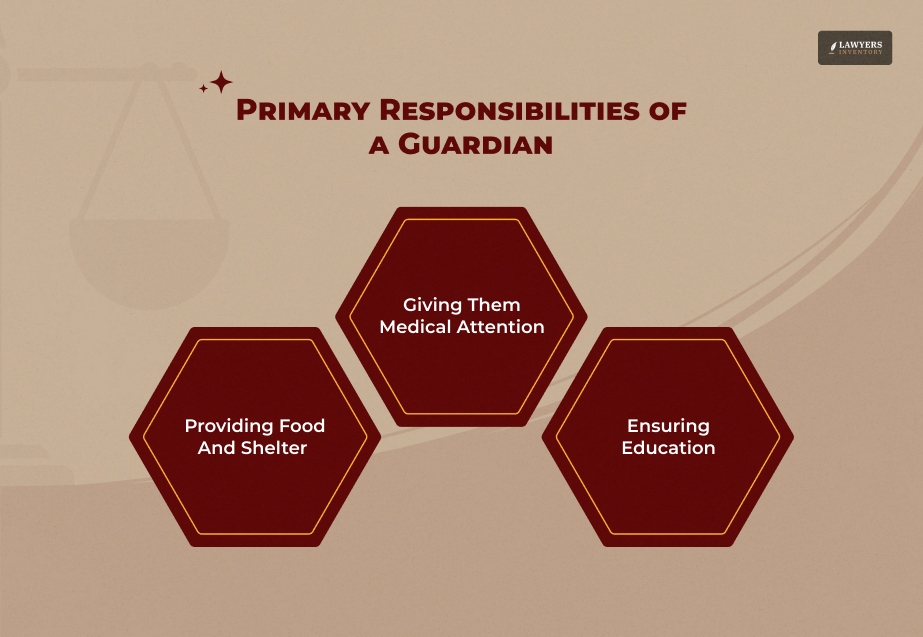
Many responsibilities come with being a guardian; it’s not just a title. You assume responsibility for the child’s physical and mental health if you are appointed guardian.
Moreover, this entails giving them food and housing and receiving the necessary medical attention. In addition, guardians make choices on the child’s education, medical care, and other significant areas of their life.
Depending on the circumstances, permanent guardians may oversee the child’s assets or money. Additionally, a significant obligation calls for consistency, care, and trust.
Rights of a Guardian
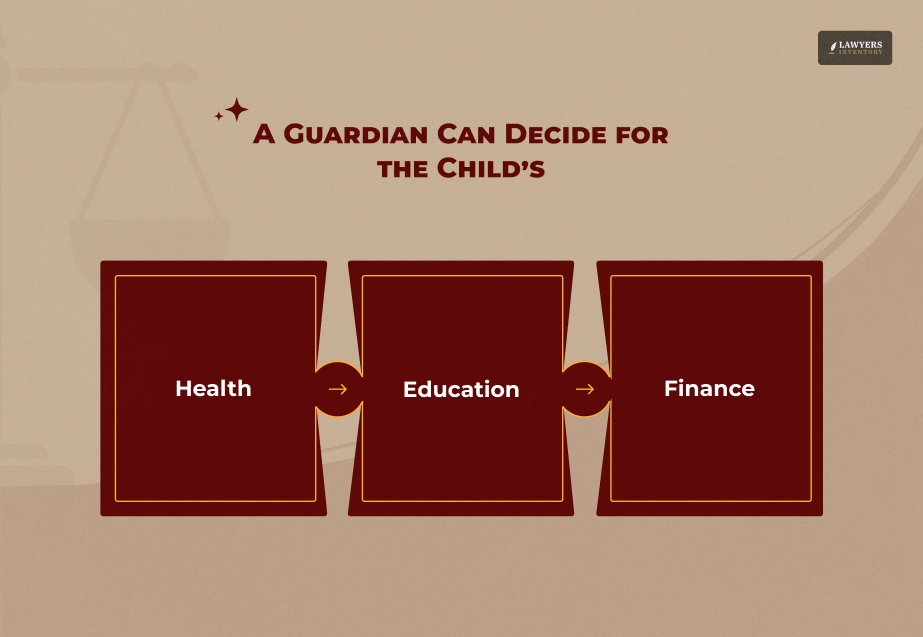
You have the legal authority to decide for the child as their guardian. These may involve decisions on their medical care, schooling, and even some financial issues.
However, where you live and the sort of guardianship you have can affect how many of these rights you have. Therefore, you should always behave in the child’s best interest, even if you have the power to make judgments.
In most situations, obtaining guardianship of a child without going to court will still entail some degree of judicial supervision to guarantee the child’s rights are upheld.
Simply put, guardianship is a significant duty that enables someone other than the child’s biological parents to care for them.
It’s essential to know your rights and responsibilities as a guardian, whether you’re considering temporary or permanent guardianship.
If you’re wondering how to get guardianship of a child without going to court, it’s wise to look into the many options and determine which best suits your needs.
Can You Get the Guardianship of a Child Without Going to Court?
Many people are asking about how to get the guardianship of a child without going to court. In recent years, research related to this topic has seen a noticeable increase.
Furthermore, the growing number of families exploring alternatives to court involvement reflects a shift toward more flexible, less formal arrangements when it comes to guardianship.
Moreover, while the court system is typically involved in guardianship cases to ensure the child’s best interests are protected, there are instances where guardianship can be established without stepping into a courtroom.
One common alternative is through a guardianship agreement. In this case, the child’s biological parents may sign a legal document giving another person the authority to care for their child.
However, this process does not always require court approval and may not have the same legal weight in every jurisdiction.
For example, temporary guardianship can sometimes be arranged without court involvement if the parents are unavailable for a short period.
It’s important to note that while these arrangements can work in some cases, they don’t necessarily offer the same legal protection or permanence as formal court-ordered guardianship.
In any case, seeking legal advice is crucial if you’re considering guardianship without involving the courts. A lawyer can guide you through local laws to ensure the arrangement is legally binding and protects the child’s best interests.
How to Get Guardianship of a Child Without Going to Court?
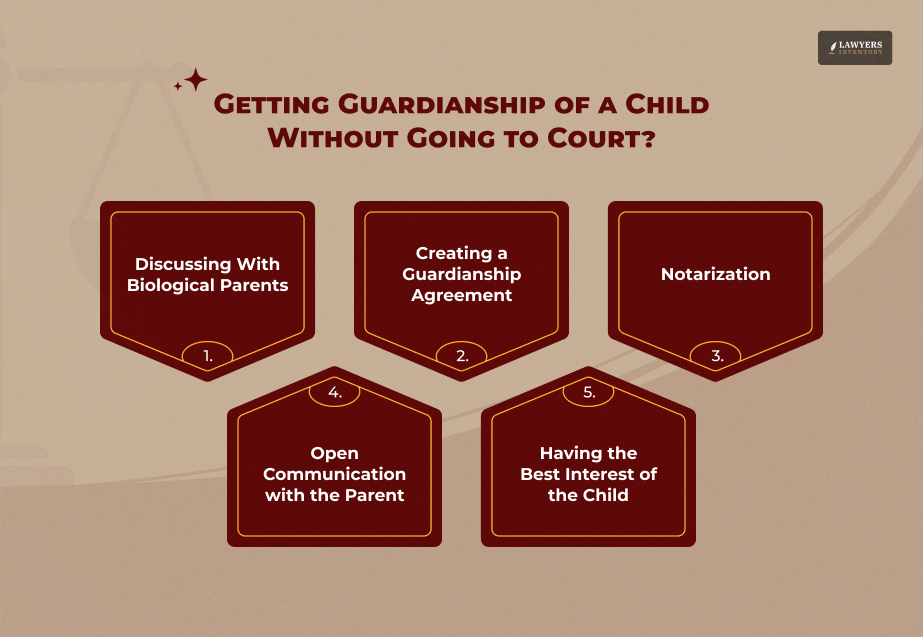
Most people consider guardianship of a child but want to avoid the formal court process.
Many families are searching for ways to establish guardianship without the lengthy court procedures. Whether it’s due to time, cost, or a desire for a more private arrangement, there are alternatives.
Here’s a step-by-step guide on how to get guardianship of a child without going to court:
Discuss Guardianship with the Child’s Parents
The first step in getting guardianship without going to court is to converse with the child’s parents. You need their consent for the arrangement to be valid.
Parents may agree to let you take on the role of guardian, especially if they’re facing personal issues or are temporarily unavailable.
The key here is open communication and agreement. Without the parent’s consent, it can be nearly impossible to establish guardianship outside of the court system.
Create a Guardianship Agreement
Secondly, once you have the parents’ consent, drafting a guardianship agreement is the next step. This is a legal document where the parents officially permit you to care for the child.
Moreover, this agreement outlines the responsibilities you’ll take on and the extent of your authority, such as decisions about education, healthcare, and general welfare. Additionally, this document can be signed and notarized in some states without court involvement.
However, it is essential to have a lawyer review the document to ensure its legally binding and clear about your rights and responsibilities.
Sign and Notarize the Agreement
Thirdly, for the agreement to be legally recognized, it should be signed by both the parents and the guardian (you). It’s also a good idea to have the agreement notarized.
Additionally, notarization helps prove the document is authentic and reduces the chance of challenges later.
In some states, notarization is enough to make the agreement legally valid, while additional steps may be required in others. Therefore, consulting with a legal professional is helpful to ensure the process is done correctly.
Maintain Open Communication with the Parents
Even after the guardianship agreement is signed, maintaining open communication with the parents is crucial.
If the situation changes and the parents can resume custody, the guardianship agreement may need to be updated or terminated.
Regular check-ins can ensure that all parties are satisfied with the arrangement and that the child’s best interests are being met.
Also, if any issues arise, you can resolve them without involving the court system, maintaining a smoother, more flexible arrangement.
Know About Temporary Guardianship
Temporary guardianship is an excellent option if you need to step in and care for a child for a short time, but the parents can’t do so.
It can happen when the parents are dealing with an emergency, traveling, or facing a personal issue.
Furthermore, this arrangement lets someone else temporarily take care of the child without going through the court system. They can be like a family member or close friend.
So, how does it work?
The parents or current guardians must agree and give their written consent. This is usually done through a temporary guardianship agreement.
Additionally, this agreement details the responsibilities you’ll have, like making decisions about the child’s health, education, and day-to-day needs during the time you’re caring for them.
The good news is that, in many cases, this can be a quick and straightforward solution without much legal hassle, depending on where you live.
However, it’s important to note that temporary guardianship typically doesn’t give you full legal rights over the child. It’s a short-term arrangement, and the agreement ends once the parents can care for their child again.
If the situation continues or the parents can’t resume care, the guardianship might need to become more permanent, and that’s when the court would likely get involved.
In short, temporary guardianship is a flexible and helpful option when you’re needed for a brief period. Ensure you have everything clear in writing and understand your responsibilities to ensure it’s in the child’s best interest.
Things to Keep in Mind While Applying for Guardianship
If you’re considering applying for guardianship of a child, there are a few essential things to consider.
Whether you’re looking for temporary or permanent guardianship, it’s crucial to understand the process to make sure you’re making the right decision.
Here’s what you need to keep in mind:
Understand the Responsibility You’re Taking On
First and foremost, becoming a guardian is a big commitment. You’re not just looking after a child—you’re stepping in to make decisions about their health, education, and well-being. It’s essential to be aware of the responsibility you’re taking on.
If you’re asking yourself how to get full custody of a child as a mother, the level of commitment you make as a guardian might be similar. Guardianship can sometimes feel like parenthood, so be sure you’re ready for the long-term responsibility.
Parental Consent is Key (If You Can Get It)
Secondly, one of the easiest ways to move forward with guardianship without involving the court is through the parent’s consent.
If you want to take care of a child temporarily, having the parents agree in writing can simplify the process. The process gets more complicated without their consent, and you may be in court.
For instance, in some cases, you may be dealing with an ethical dilemma if the parents cannot care for the child but still oppose guardianship.
In those situations, you may have to consider what’s best for the child, even if it means going through the legal system.
Know the Laws in Your State
Third, guardianship laws differ depending on where you live. Some states may allow you to establish guardianship without needing a court’s involvement. On the other hand, others may require you to go through legal proceedings.
Therefore, make sure you’re aware of your state’s requirements before moving forward. This will save you time and prevent any surprises along the way.
Consider What’s Best for the Child
Guardianship is all about the child’s well-being.
Whether it’s a temporary arrangement or something more permanent, you must ask yourself a few questions.
For instance: Can you provide a safe, loving environment for the child? Will this change affect their emotional and physical needs?
In cases like this, it’s easy to get caught up in logistics but never lose sight of the child’s needs.
Bonus: Which Lawyer Can Help You with Guardianship of Your Child?
Getting some legal advice is always a good idea if you’re feeling uncertain about the process. A family law attorney or guardianship lawyer can help you navigate the process.
They’ll know the laws in your state. Therefore, they can guide you on whether you need court involvement or if a more straightforward, private agreement is enough.
Especially if you’re considering how to get full custody of a child as a mother, a lawyer can clarify your options and help you understand the best route.
Ultimately, applying for guardianship is a serious decision that requires careful thought. Ensure you understand the responsibility, the legal process, and, most importantly, its impact on the child.
Read Also:
- How to Prepare for a Child Support Hearing?
- The Cheapest Way to Get a Divorce With a Child
- Can a Birth Defect Lawyer Help Uncover the Truth Behind Your Child’s Condition?










0 Reply
No comments yet.